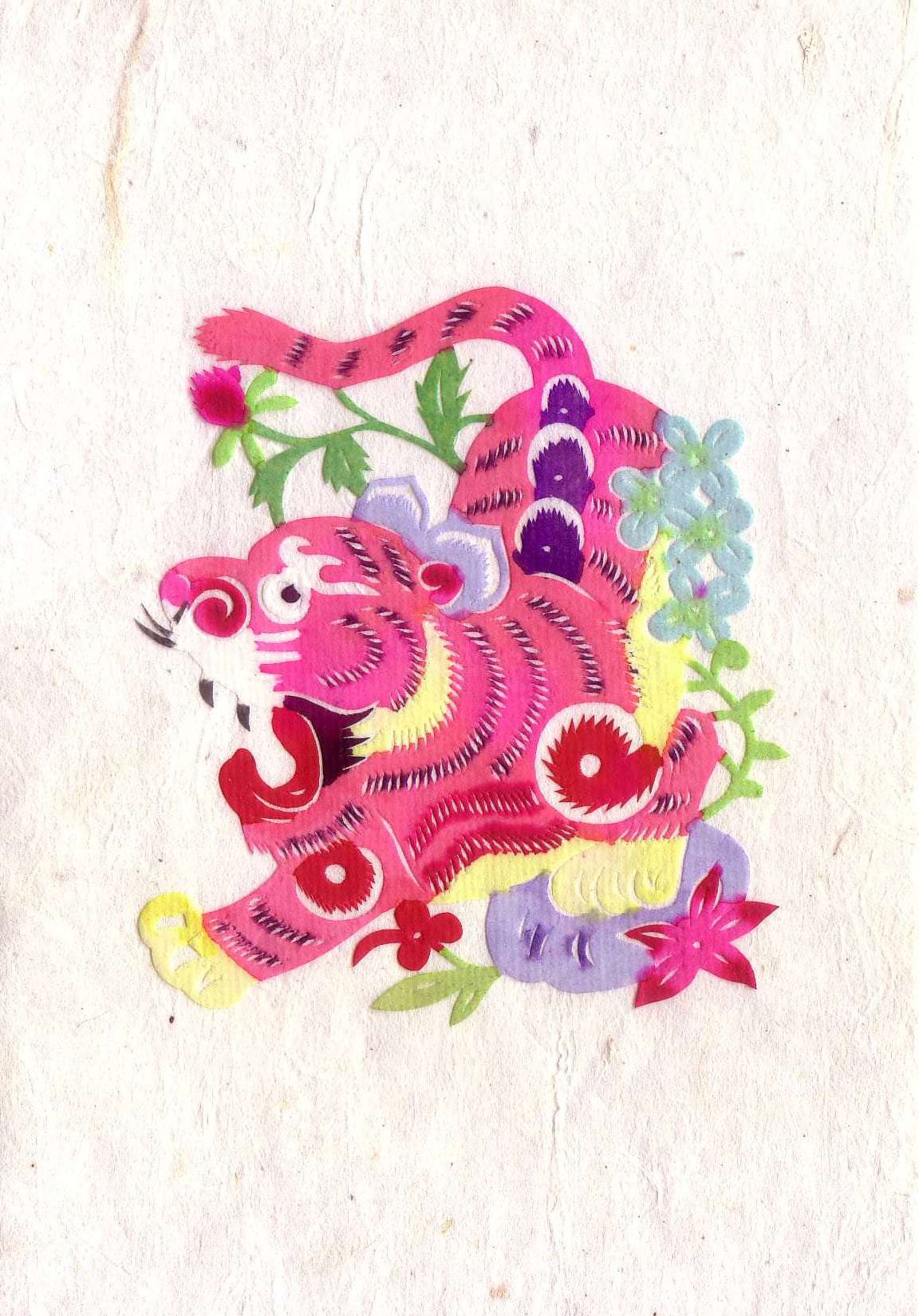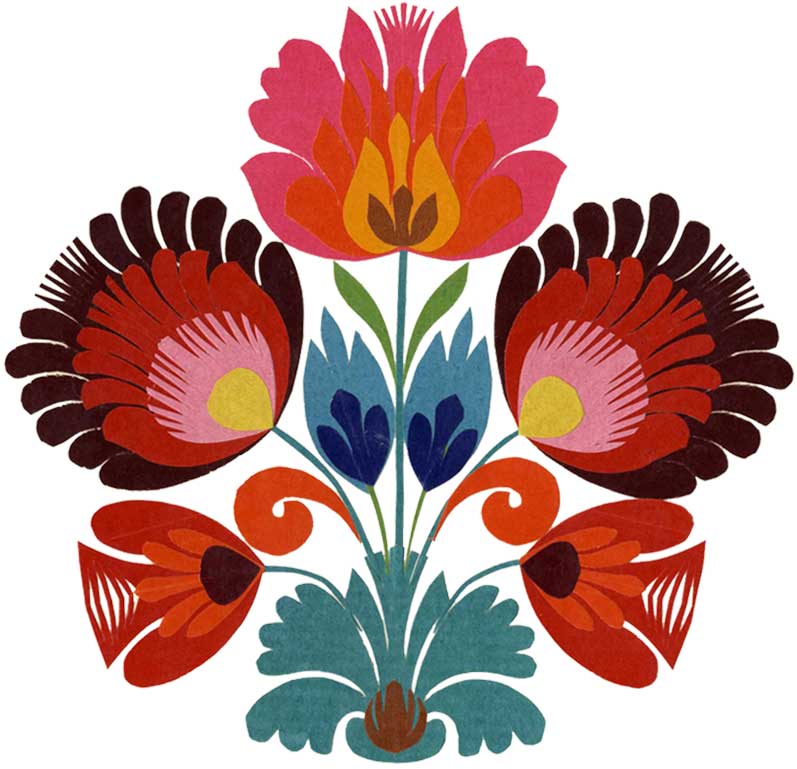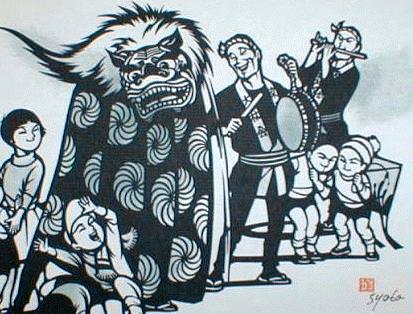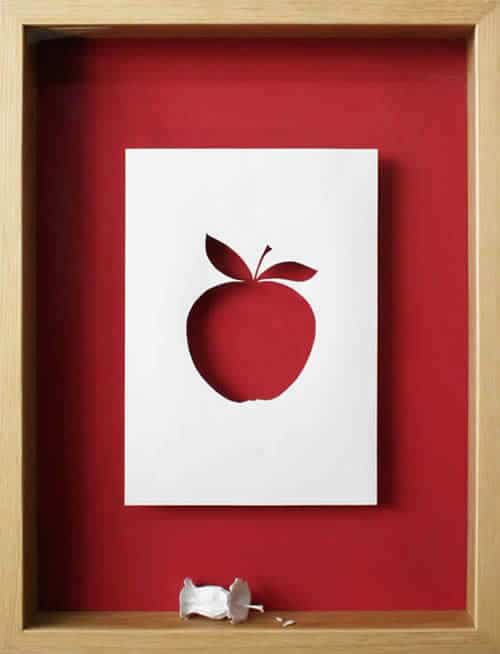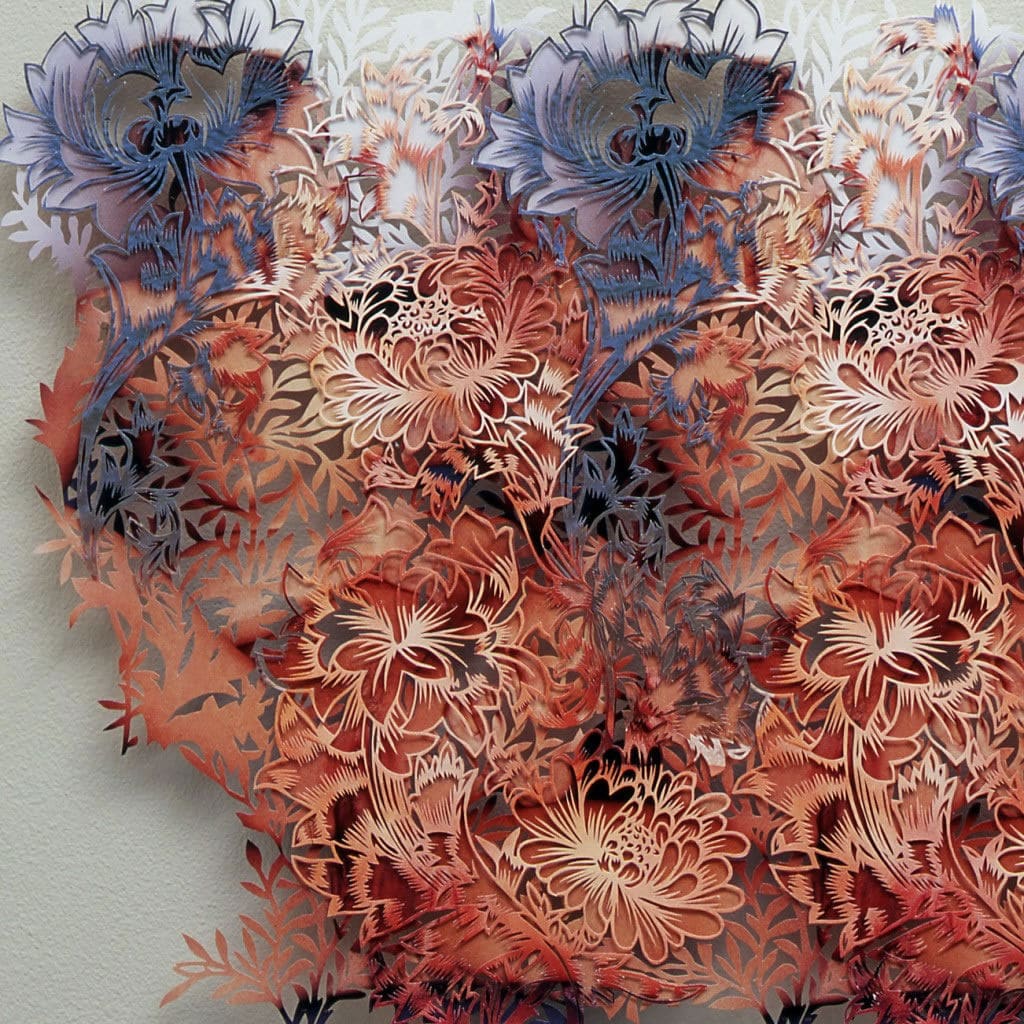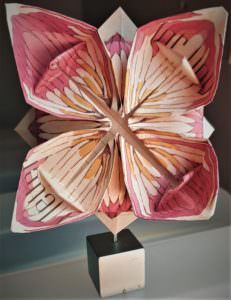With all the paper cutting art we see, everywhere from ETSY’s on-line gallery to the museum or gallery down your street, I asked myself, where did this phenomenon come from? And why is paper cutting so hip right now?
It all starts at the beginning; it always does! …Seeking the origins of the traditional folk art of paper cutting, of course, I would look nowhere else but where paper was born more than 2000 years ago; China! The first symmetrical paper cut can be traced to Xinjiang, China, in the 6th century. This art, called Jian Zhi (cut paper), was most popular starting in the Tang Dynasty (8th & 9th centuries) and used mainly for decorative wall art in the royal courts. From the start, Jian Zhi were produced by the common folk, typically passed from grandmothers to grand-daughters. Today, Jian Zhi are often presented as a gift on auspicious days and days of celebration.
Here are two images of present-day, yet intricate Chinese paper cuts. The red one on the left is a Chinese opera character and the multi-colored one below to the right, is a tiger. Both images are mounted on handmade paper to make a greeting card. 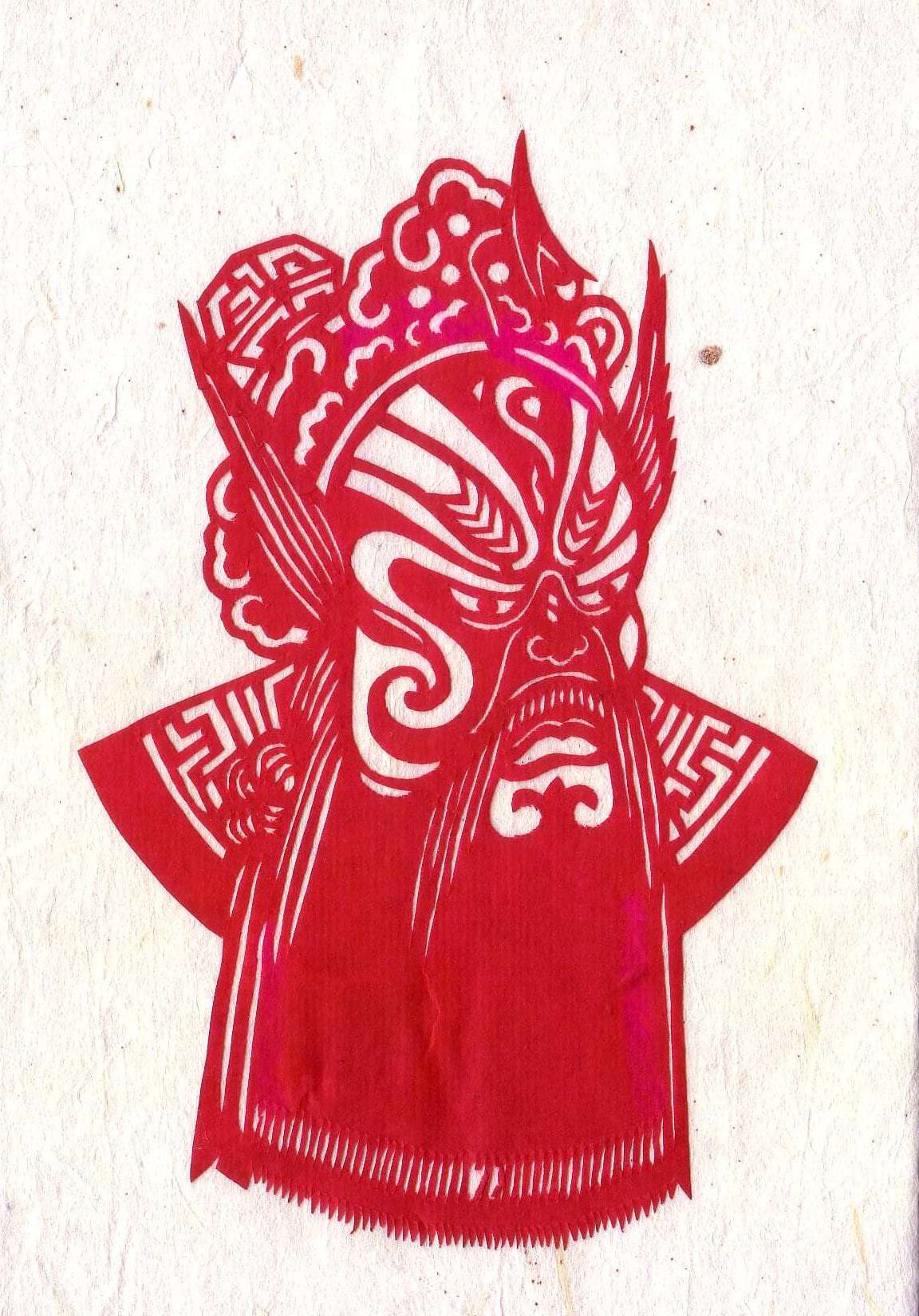
The Chinese tradition of paper cutting traveled via the silk road to various pockets of the globe, thus, many cultures developed their own version of the art.
Above, an image of Polish folk paper cut, called Wycinanki.
Below, a present-day Japanese paper cut called Kiri-E, by artist Shoto Kimura.
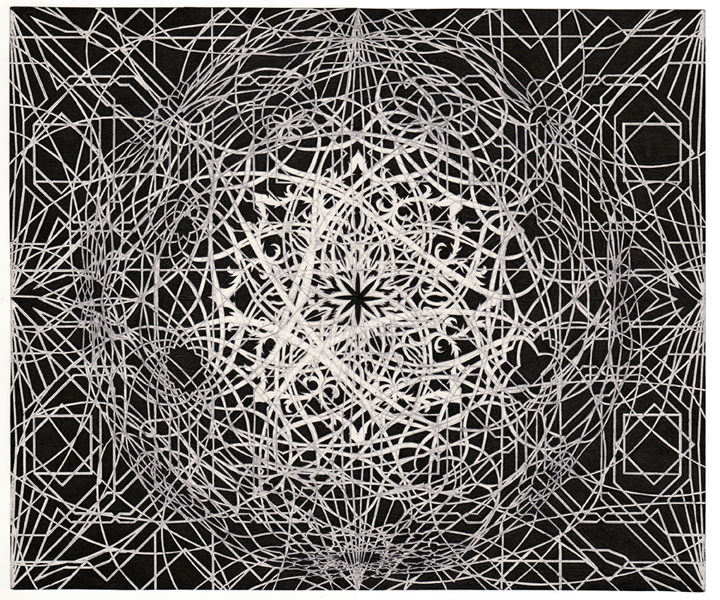
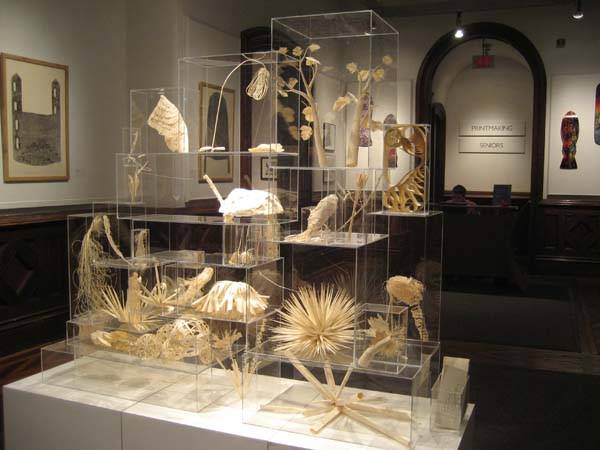
Although talented and established as these artists are, how do they contribute to the trend in paper cutting? Or is it just that there is more exposure to the craft?
I hope a paper cut artist will enlighten me…

